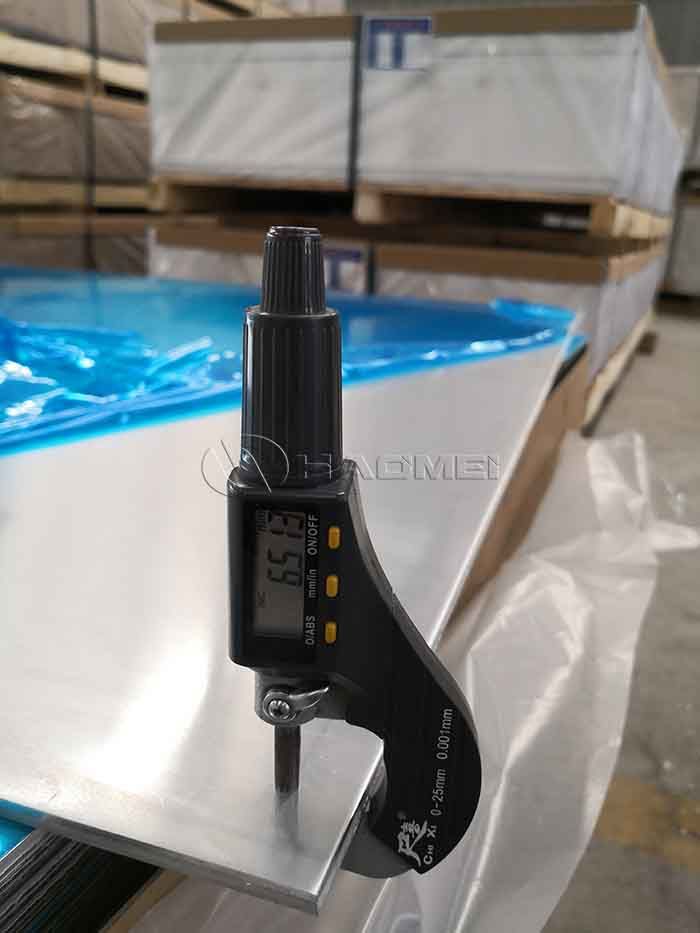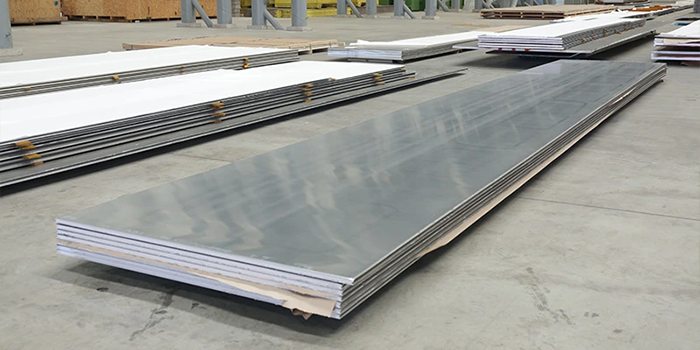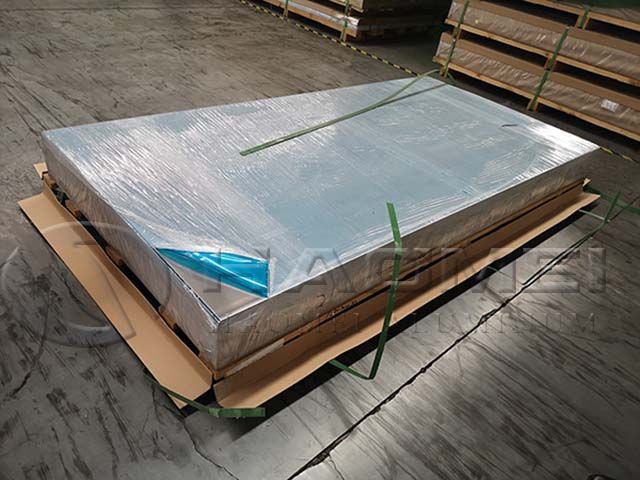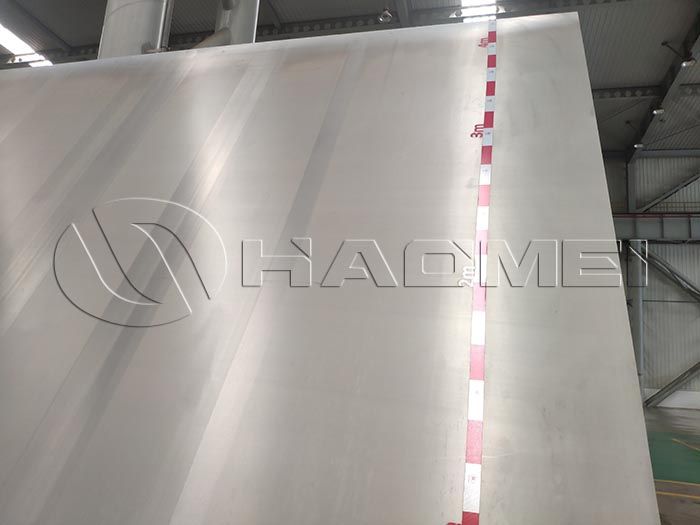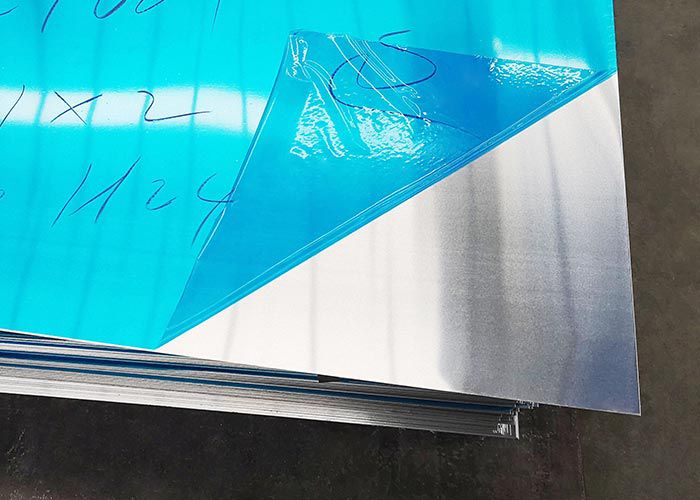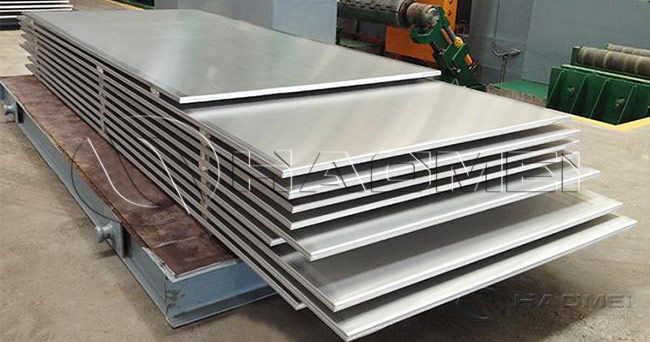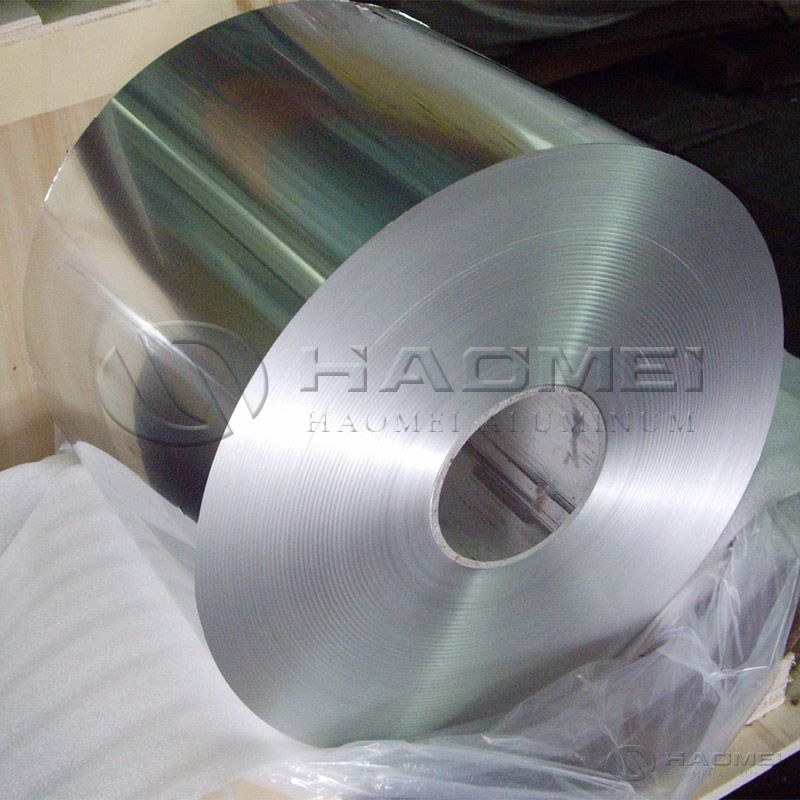En los últimos años, con más y más empresas de impresión que adoptan la fabricación de planchas CTP, la comercialización de planchas CTP se está expandiendo. Ante tantos fabricantes de planchas CTP, ¿cómo elegir una de calidad? Hay varios consejos para comprar placas termicas ctp.
El primer paso es el control estricto de la placa de aluminio. La calidad del punto de celosía de la placa CTP afectará directamente la calidad del producto impreso, lo que a su vez afectará la reproducción de todo el proceso de impresión. Por lo tanto, el primer paso es elegir una placa CTP térmica con buena reproducibilidad de puntos.
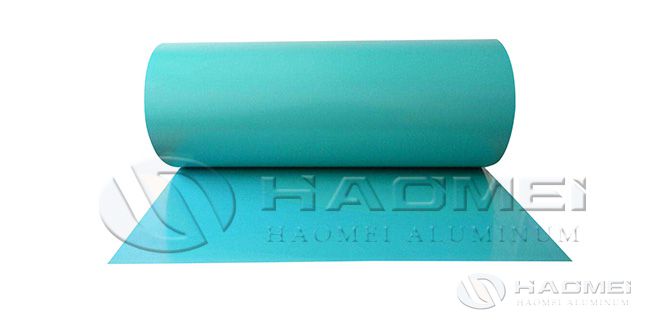
El siguiente es el espesor del recubrimiento. La placa térmica CTP de Haomei adopta la fórmula de revestimiento única, que hace que el grosor del revestimiento de la placa de aluminio puro sea más uniforme, para garantizar que el error del punto de celosía esté dentro del 1 % sin la adición de la curva de calibración de puntos.
Otro es la imprimibilidad. Para mejorar la capacidad de impresión de la placa CTP, la placa base de aluminio se sometió a un tratamiento especial. Además, para garantizar una mejor hidrofilia de la placa CTP positiva, hay una capa hidrofílica especial en la placa base de aluminio para garantizar una buena humectabilidad y afinidad de la tinta durante el proceso de impresión.
La adaptabilidad de las planchas CTP también es muy importante. La placa CTP térmica positiva de Haomei se puede adaptar a las máquinas de fabricación de placas CTP térmicas de muchas marcas nacionales y extranjeras con una longitud de onda de 830nm, como Kodak, Netscreen, Heidelberg, Corey, Polytech, Huarui Jingyi, etc.
El último pero no menos importante es el costo de producción. El costo, en la situación económica actual, es el tema principal que deben considerar las empresas de impresión. Las planchas CTP de Haomei pueden ahorrar mucho en el costo de producción.
Por ejemplo, el revelador solo necesita reemplazarse una vez para procesar placas offset ctp de 2000 m3; la resistencia de impresión súper fuerte puede alcanzar 250,000 impresiones sin hornear la placa y hasta 1 millón de impresiones después de hornear, lo que puede satisfacer las necesidades de muchas plantas de impresión comercial, impresión de periódicos e impresión de empaques nacionales y extranjeras.
Fuente original: https://www.placadealuminio.es/a/como-elegir-la-placas-termicas-ctp.html
